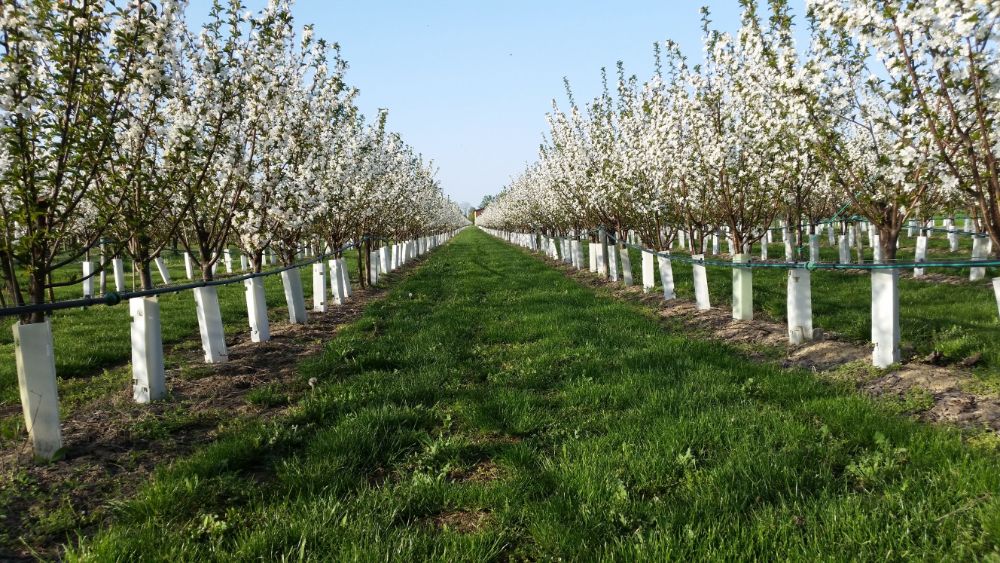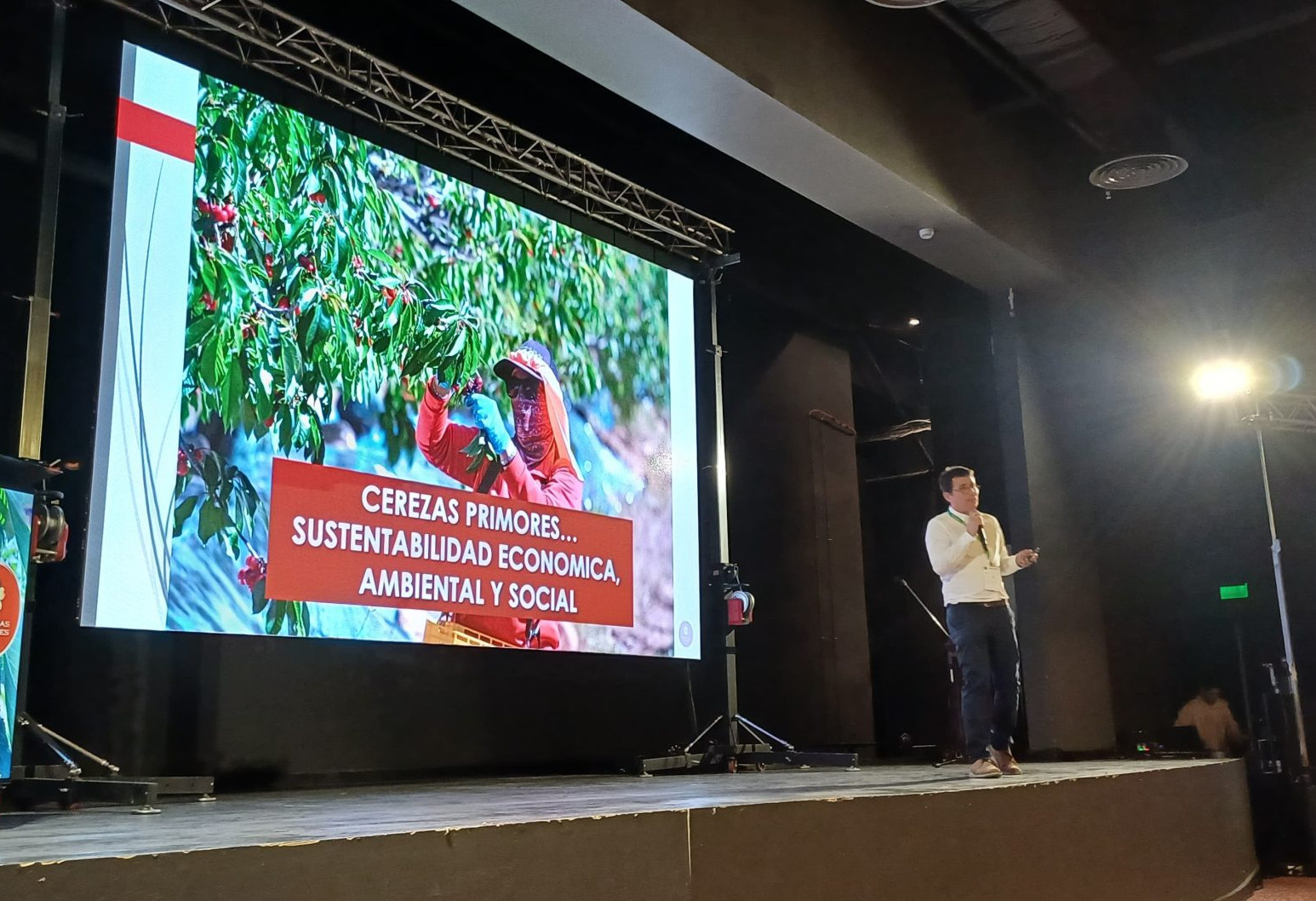Op Agritalia: "Optimism for the new campaign, market uncertainty".
The anomalous heat of the past few weeks has shortened the schedule for Apulian agriculture. Just a few days before the end of winter, the first cherries are arriving a few weeks earlier than usual in northern Barese: the first cut-off is scheduled for Sunday and they will be ready for consumption in mid-April, instead of May.
Optimism for the new campaign
The cerasicola campaign of Op Agritalia, an organisation of Apulian producers, is therefore starting off with optimistic prospects. "It's going to be a very good campaign," says Michele Laporta, president of Op Agritalia. "This year the season is starting much earlier, thanks above all to the favourable climate. In any case, it will all depend on the weather in the next few days'.
The fruit is uniform in colour and of good consistency. The sizes vary between 28 and 32 millimetres for the traditional varieties and between 28 and 30 for the low-chill varieties. The quantities are naturally small, since this is a firstling produced in a single company, NaturaViva in Bisceglie. The plant has a productivity of 300 to 500 kilos per day.
For the president of the producer organisation, the efforts made by local entrepreneurs to guarantee a delicate, high-quality product such as the cherry must be recognised. "This production,' Laporta explains, 'has not been subjected to the attacks of technology, as it is only destined for fresh consumption and for this reason the size must be kept intact.
All this requires accuracy in the cultivation and harvesting stages, so the hand of man cannot be replaced by machines'.
The unknown market
As every year, there is uncertainty about both the prices that the market will set for the harvested product and the quality that will come out of the crops, but there is optimism. 'We will be among the first to test the markets,' Laporta explains, 'The cherries will be marketed under the La Prima brand. In Apulia we are already breathing summer air and in a few days consumers will be able to taste the first Italian cherries of the year. The signals from the operators seem very positive, we hope that one cherry will lead to another.
The region produces 37 per cent of the red gold and is highly appreciated on the Italian and European markets, to which a significant part of the production is destined, around 35 per cent. The prospects are therefore interesting. 'The product,' concludes Michele Laporta, 'is of good quality and will also have a fair size. We are optimistic about the quantities, although it is too early to make forecasts; we count on marketing two thousand quintals of cherries.
Source: myfruit.it
Image: myfruit.it
Cherry Times - All rights reserved










